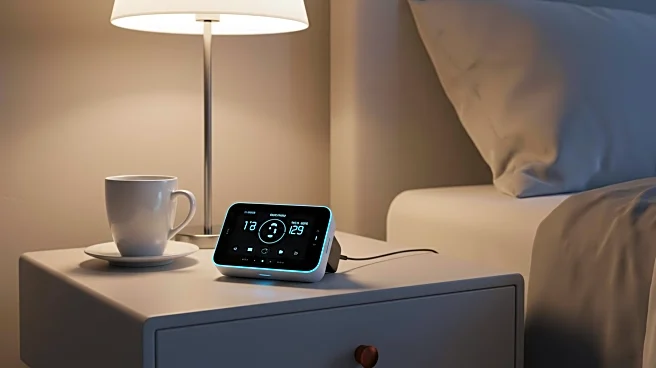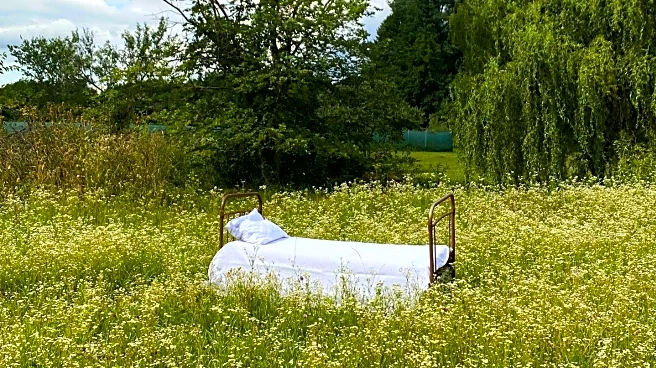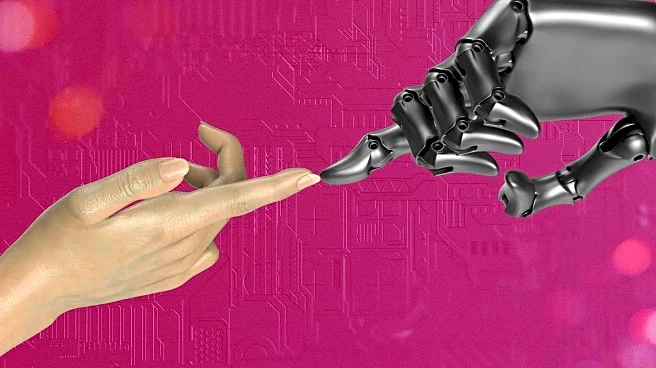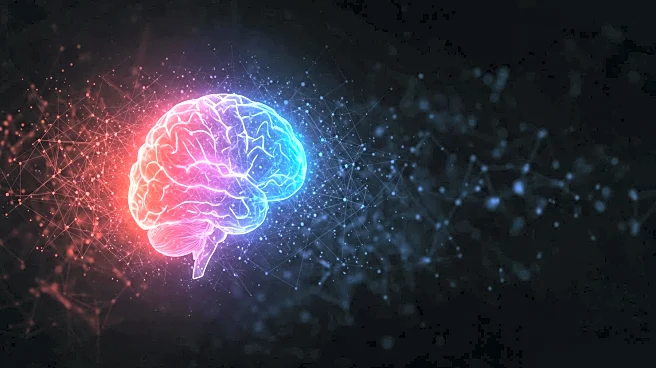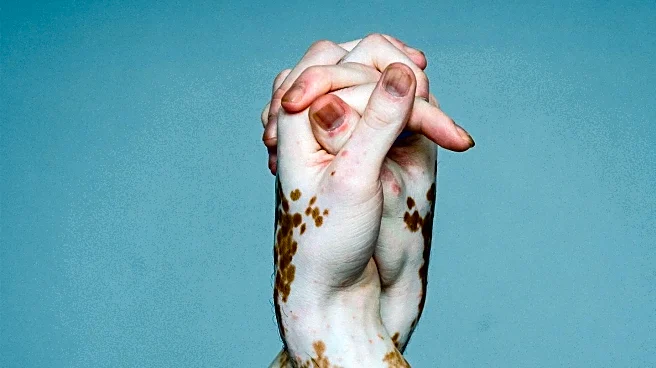What's Happening?
The use of radar technology is emerging as a promising alternative to traditional polysomnography (PSG) tests for monitoring sleep disorders such as obstructive sleep apnea. Unlike PSG, which requires numerous sensors attached to the body and is conducted in a sleep clinic, radar technology provides a non-contact method of monitoring. This technology can detect minute movements, heart rate, and breathing patterns without disturbing the patient's sleep. Radar sensors, placed discreetly over a patient's bed, collect data that can be analyzed using AI algorithms to assess sleep quality and identify disorders. This method is particularly beneficial in home settings, offering privacy and comfort to patients while providing accurate sleep assessments.
Why It's Important?
The introduction of radar technology in sleep monitoring represents a significant advancement in healthcare, particularly for individuals with sleep disorders. Traditional PSG tests can be intrusive and uncomfortable, potentially affecting the accuracy of the results. Radar technology, by contrast, offers a less invasive and more comfortable alternative, which could lead to more accurate diagnoses and better patient compliance. This innovation is crucial as sleep disorders are increasingly recognized as a global health issue, affecting a significant portion of the population. By providing a more accessible and patient-friendly option, radar technology could improve the management of sleep disorders, leading to better health outcomes and quality of life for patients.
What's Next?
As radar technology continues to develop, its integration into healthcare systems is likely to expand. Future applications may include monitoring other health conditions such as asthma and chronic obstructive pulmonary disease (COPD), as well as mental health issues like depression and anxiety. The technology's ability to integrate with Internet of Things (IoT) devices also opens possibilities for smart home applications, enhancing patient care and safety. Continued research and development will be essential to refine the technology and expand its capabilities, potentially transforming the landscape of sleep disorder management and broader healthcare monitoring.
Beyond the Headlines
The adoption of radar technology in sleep monitoring raises important considerations regarding privacy and data security. Unlike camera-based systems, radar does not involve visual surveillance, which can alleviate privacy concerns. However, as with any technology that collects personal health data, ensuring robust data protection measures will be critical. Additionally, the use of AI in interpreting radar data highlights the need for transparency and accuracy in algorithmic decision-making, ensuring that the insights provided are reliable and beneficial to patient care.


